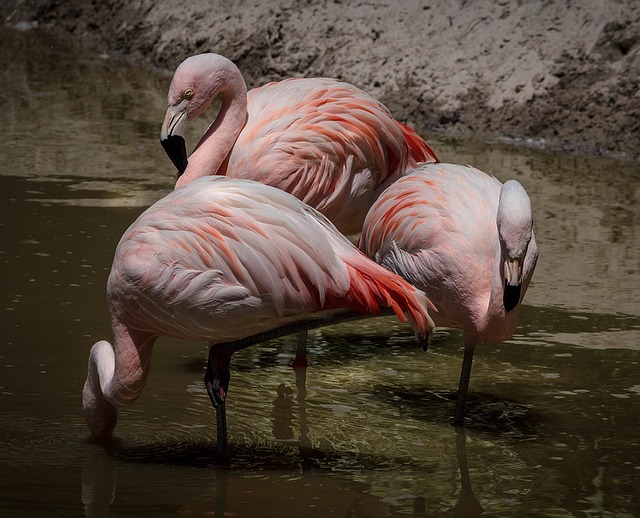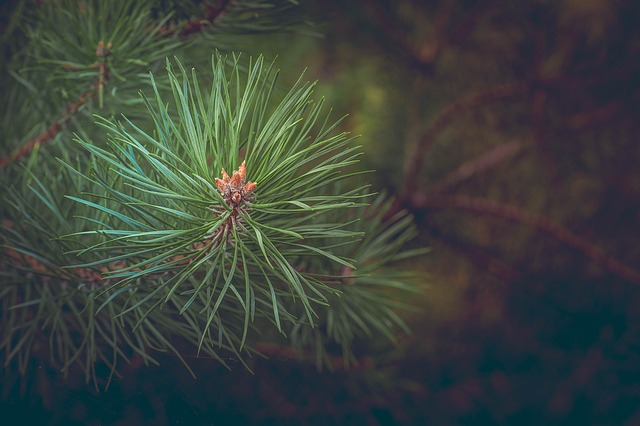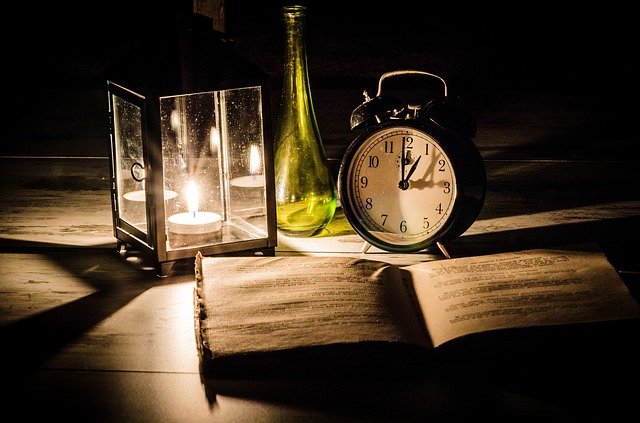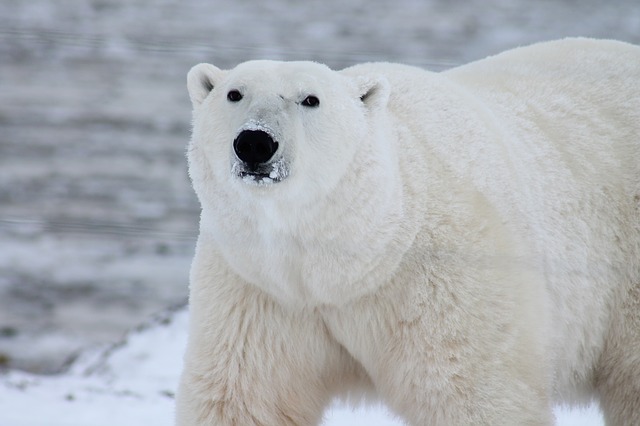
“How can you buy or sell the sky, the warmth of the land? The idea is strange to us. If we do not own the freshness of the air and the sparkle of the water, how can you buy them?”
While most of his words were unmistakably wise, most of Chief Seattle’s popular speech of 1854 has been lost in translation. With some of the wisest words that we have ever heard, Chief Seattle talked about how his people were a part of the Earth and the Earth was a part of them, even in death. These words came from the Chief at a time when the United States government placed an offer to buy 2 million acres of land which was, at that time, occupied by the natives in the region. Chief Seattle’s reply was historic and even though a lot of what he said was lost or mistranslated, the core of the reply continues to spur the hearts of many environmentalists even today.
Chief Seattle was born in 1786 and he was a popular figure among the natives. The city of Seattle is named after him, thereby immortalizing his name. He earned his reputation as a leader and a warrior at an early age. He pursued the life of a leader and had the power to sway his people. But he gradually started losing ground when white settlers began to claim the lands where he and his tribes lived.
Chief Seattle never intended to give up his lands so easily. His people had lived there for generations and he loved the land he had lived in for his entire life. He established a friendly relationship with Doc Maynard in Olympia and persuaded the settlers to rename the town as Seattle and negotiate peaceful relations with the people of the tribes.
The popular letter attributed to the Chief received widespread accreditation because of its environmentalist nature. However, it is known that the speech has been translated in almost 86 different versions. A recent book written by Eli Grifford called, ‘The Many Speeches of Chief Seattle’, tries to assemble different elements of the story. The book also explores the many reasons for manipulating the words of the speech.
Chief Seattle died on June 7, 1866. At the time of his death, he was at Suquamish reservation at Port Madison in Washington. He is considered to be one of the most powerful leaders of the Native Americans and his letter to President Franklin Pierce was one of the most powerful letters in American history, which spoke strongly of the rights of the Native Americans and had environmental values built right into the core of its message.
His grave is located at Suquamish Tribal Cemetery and the third week of August is celebrated as Chief Seattle Days by the Suquamish Tribe every year. There are many environmentalists that continue to eternalize the words of his 1854 letter with reference to the need of saving the environment.





